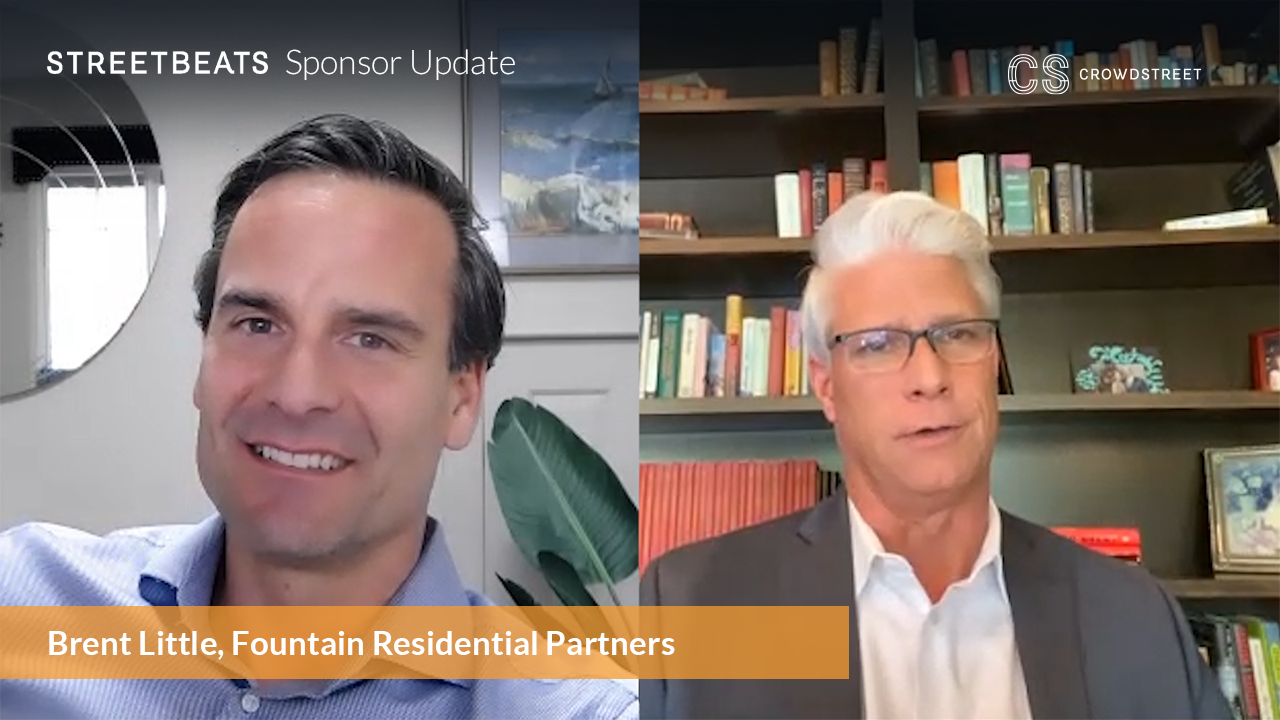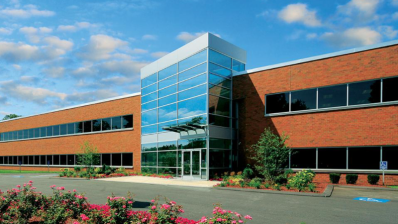
Crowd Street's Darren Powderly is joined by Brent Little, President and CEO of Fountain Residential Partners, to discuss important topics in student-housing, including why it has historically been recession resistant, how it differs from multifamily in terms of collections, and how colleges in the time of Covid are decreasing on-campus capacity, pushing students toward these student housing options, increasing demand.
